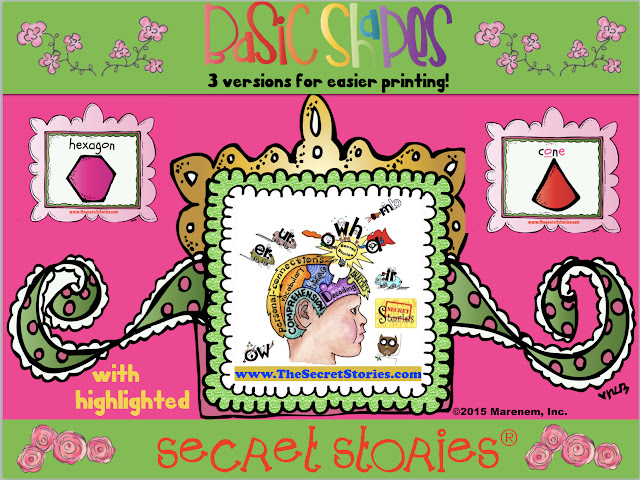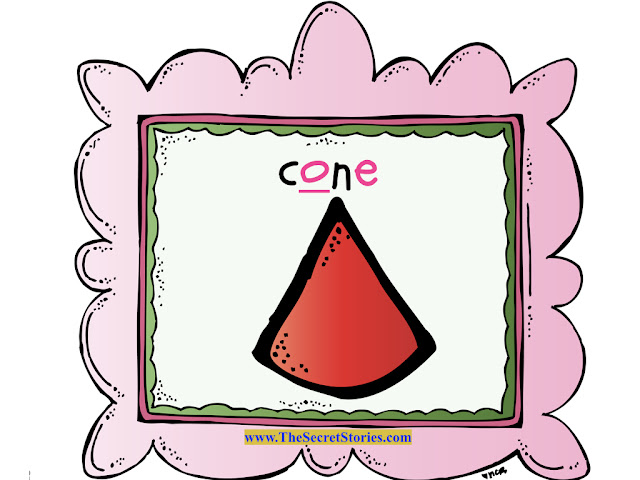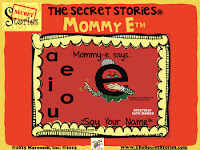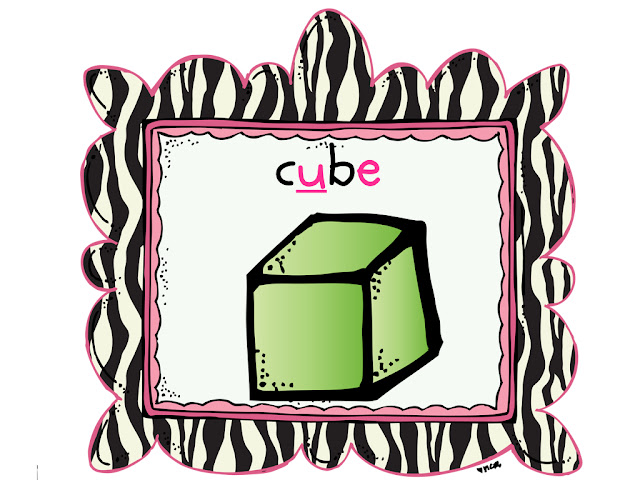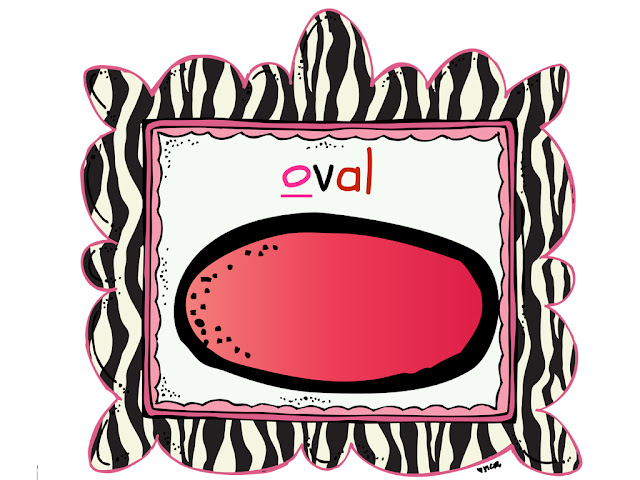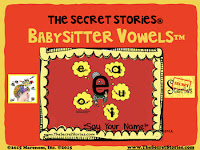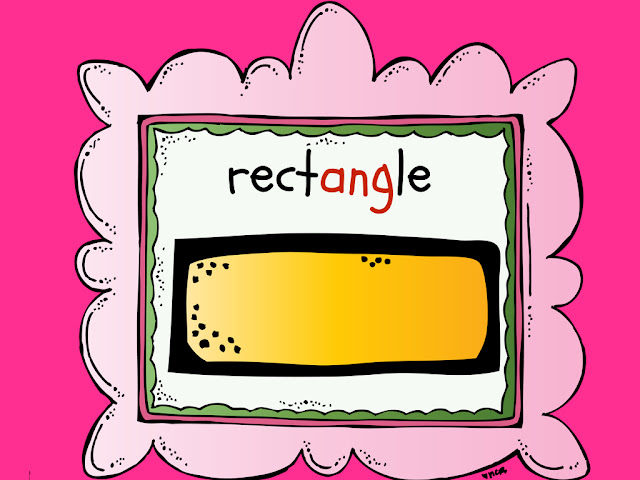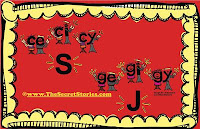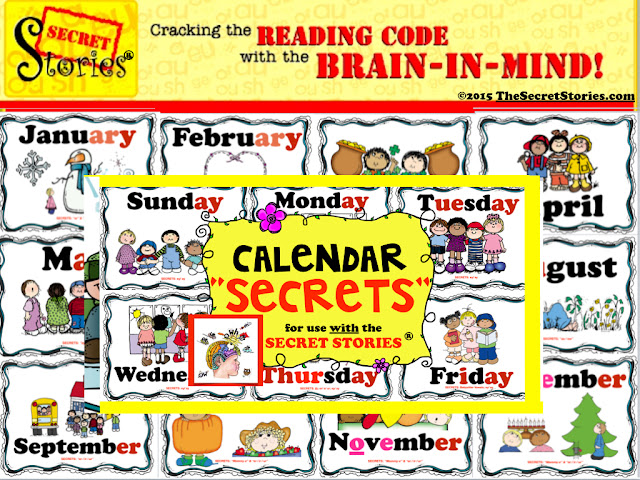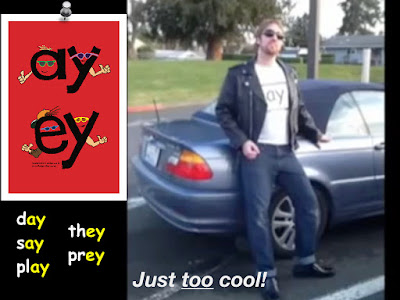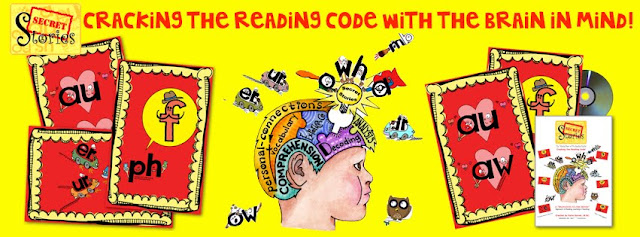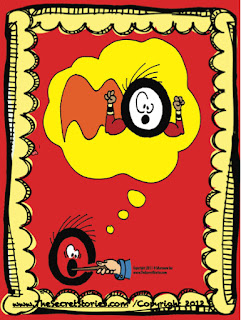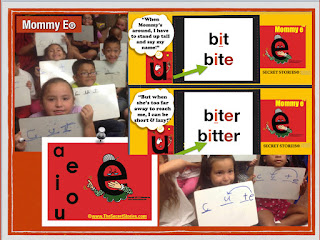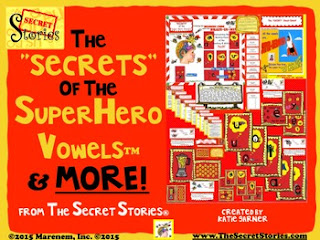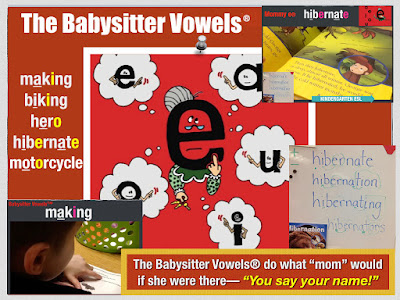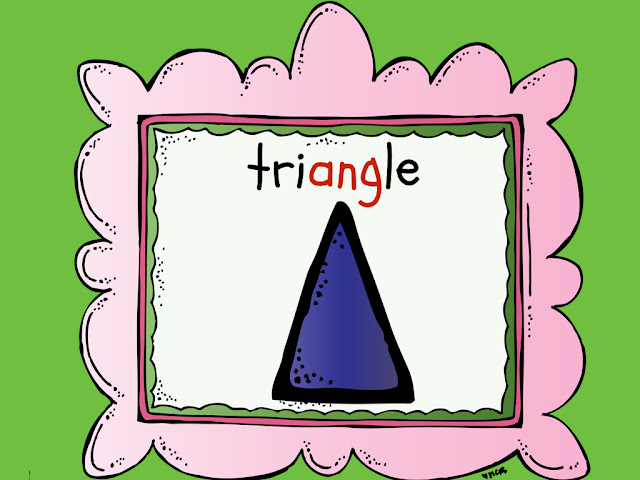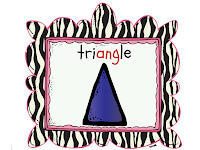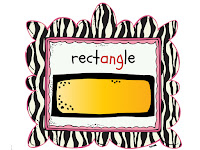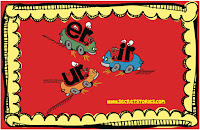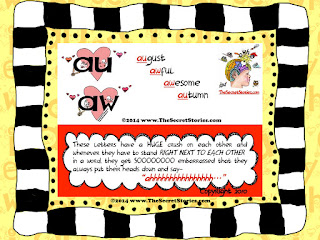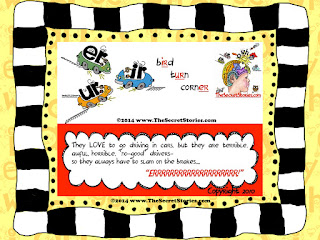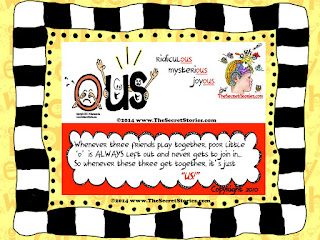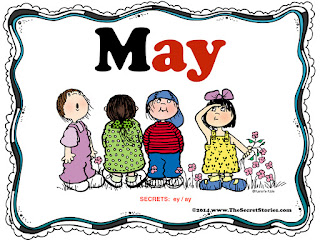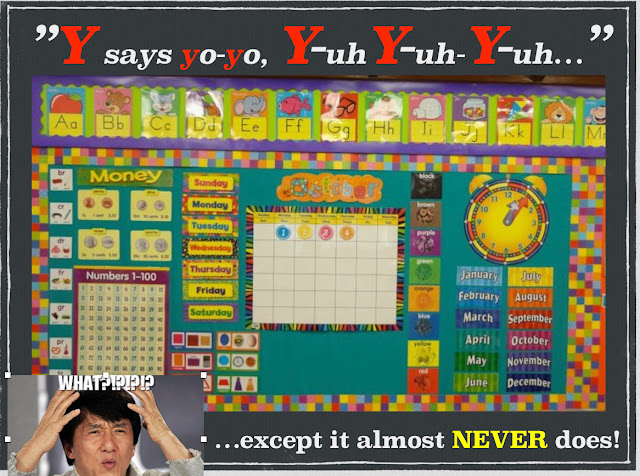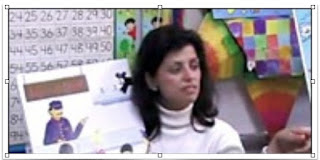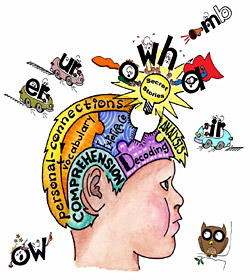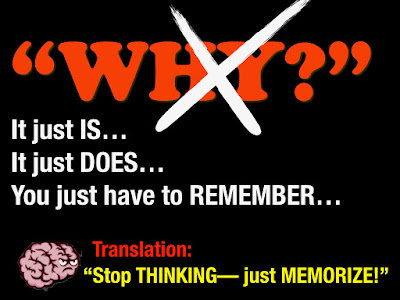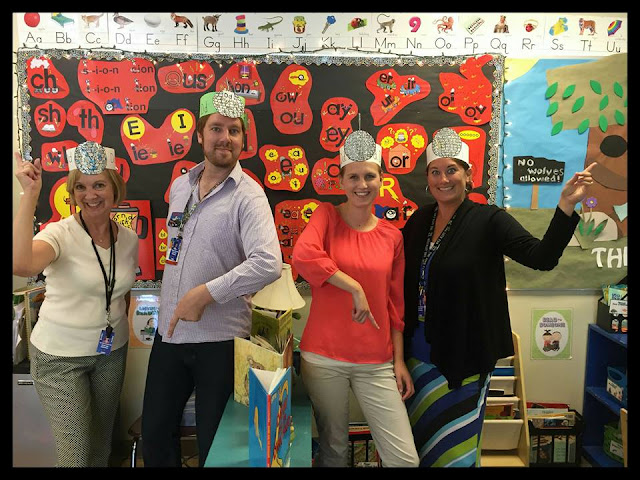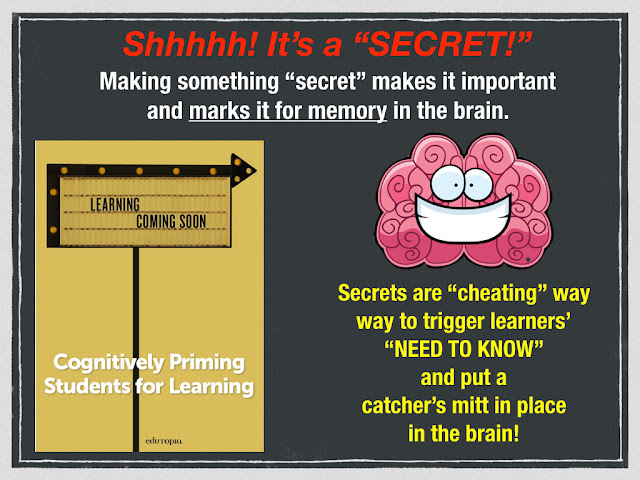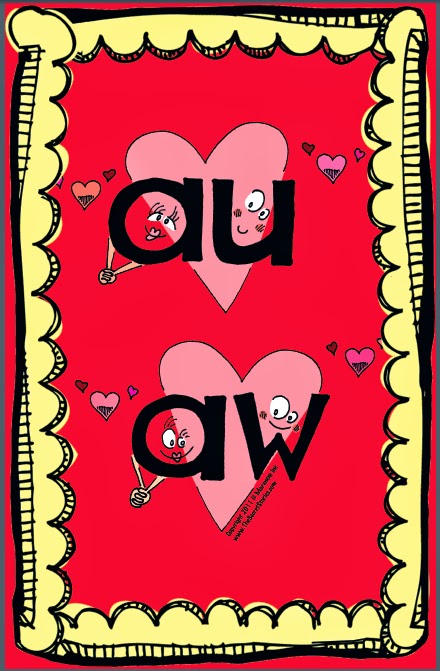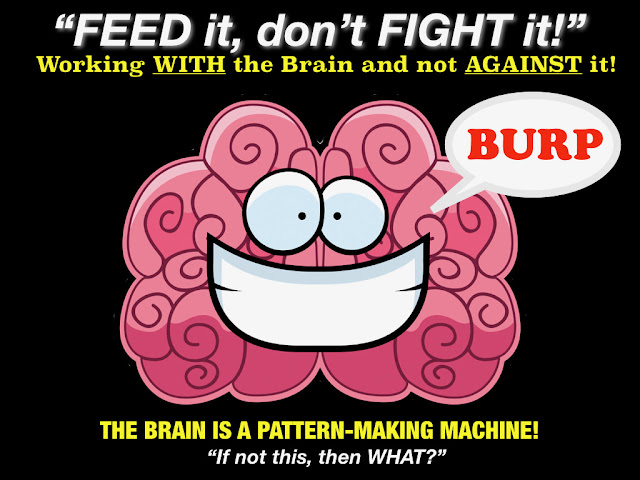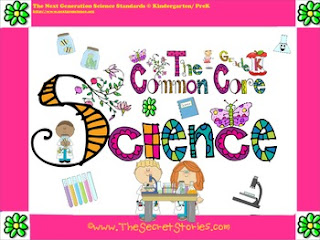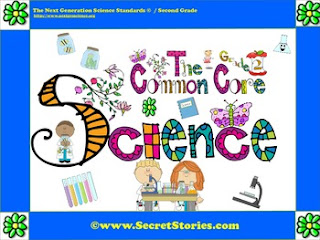These two very different, yet equally awesome outbursts demonstrate why telling that particular Secret on that particular day was ABSOLUTELY the ideal, not to mention perfectly developmentally appropriate for both students— regardless upon which grade level scope and sequence the au/aw phonics skill officially falls.
High, medium or low…. the Secrets can be readily shared with ALL learners, with no harm and no fowl, as we’re not “teaching” skill, we’re giving them. It’s like food that’s been laid out on a buffet, ready for the taking, but without any expectations….just lots of modeling and use.
Both learners were “given” the same key to unlock text at the same time. One understands that it can be used to unlock words and one does not, but they both have the key, and that’s what counts!
By giving Lu-Lu the same “keys” (i.e. Secrets) to unlock words that “Gifted Gus” has, we eliminate the learning curve and waiting time. That way, once her little light bulb pops on, she is ready to “hit the ground running” and start using the Secrets she already knows to read and to write.
Otherwise, learners like Lu-Lu often don’t acquire these critical pieces of the code to successfully cross over the instructional-hump that is learning to read in K-2, so as to be prepared to read to learn in 3rd and beyond.
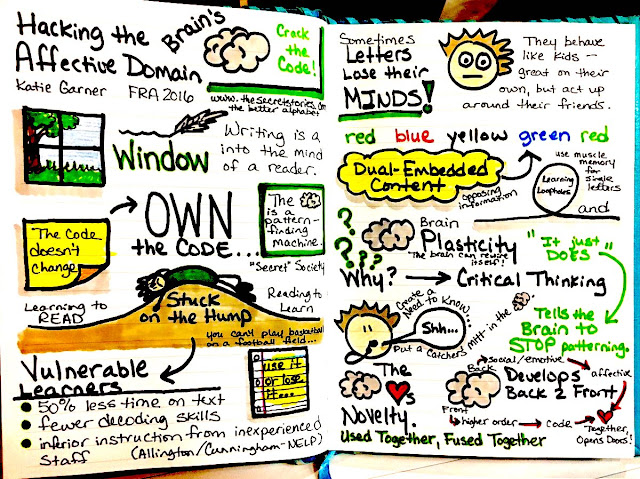 |
| Note the “instructional-hump” so clearly depicted (mid-page, left) in these awesome sketch notes! |
“Back Door” vs. “Front Door” Instruction
The brain develops back to front, with the earlier-developing, affective “feeling” networks more primed for learning than the slower developing, higher level, processing centers. It’s through these backdoor learning channels that the au/aw Secret is so easily acquired by both Lu-Lu and Johnny. And whereas Johnny is ready to take the next step and use it for a purpose (i.e. reading and writing), Lu-Lu is not… but she owns the Secret!
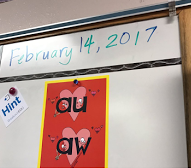 |
| “Awwwww, it’s Valentine’s Day!” |
“It is literally neurobiologically impossible to think deeply about things you don’t care about. Deep understanding depends on making emotional connections between concepts. Emotion guides our learning. If something is emotionally stimulating, it is marked for memory and prioritized for learning in the brain.”
And if you really want really want to see what engagement can look like in an “impromptu” phonics discussion, check out these first graders from
Mrs. Mac’s First Grade Class. It’s one of my all-time favorites!
Channeling phonics skills through the brain’s backdoor via social-emotional “feeling” domain makes learning easy and effortless. By embedding high-leverage, phonics skill concepts (like Superhero Vowels®, Sneaky Y®, Mommy E® and Babysitter Vowels®) into familiar, social and emotional “story-based” frameworks, inexperienced (and upper-grade, struggling learners) are easily able to predict the “most” and “next most” likely sound behaviors of letters in text— even in words they have never seen before.
Stories Put the Whole Brain to Work, and Act as “Memory-Enhancers” in the Brain
